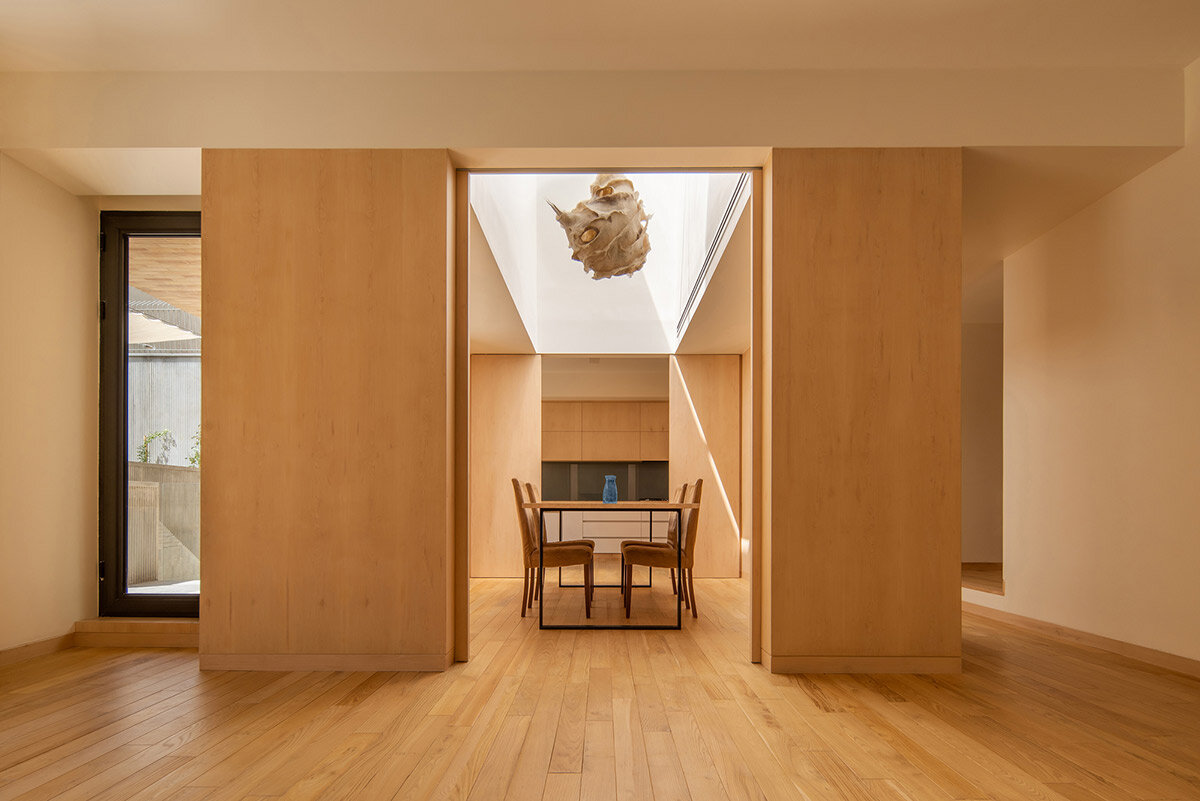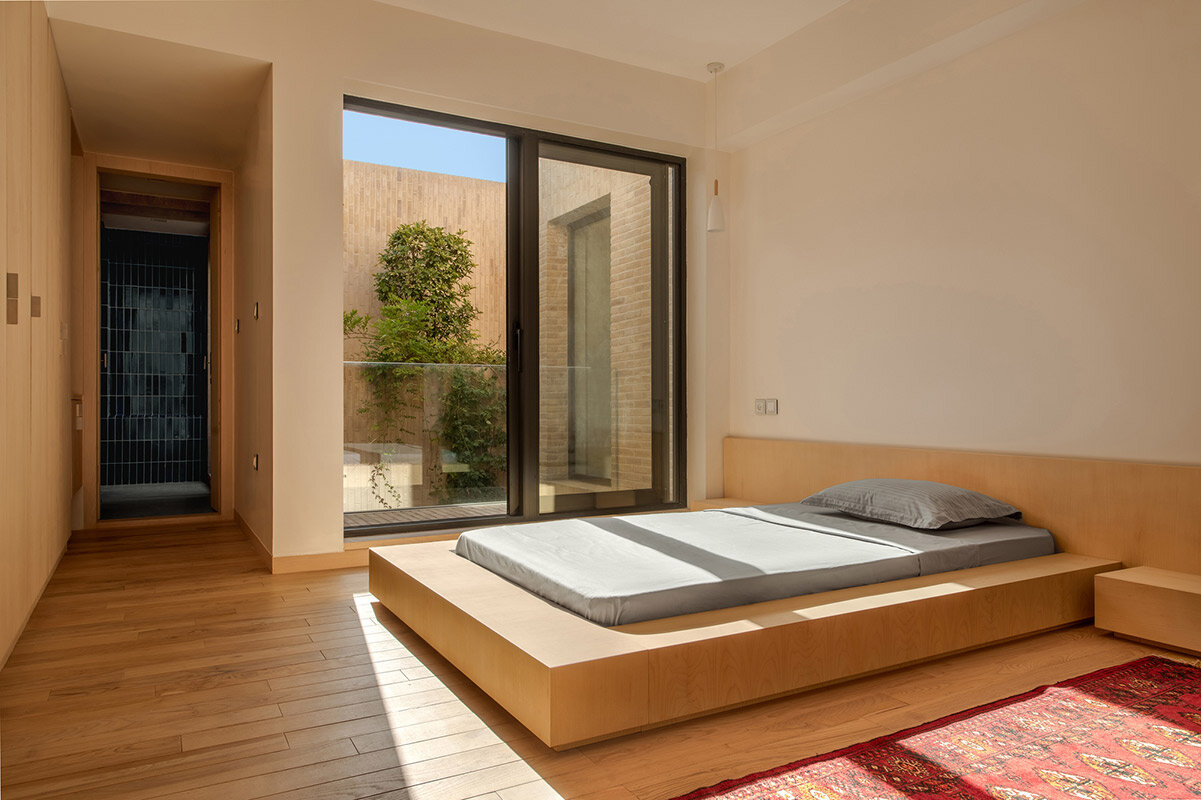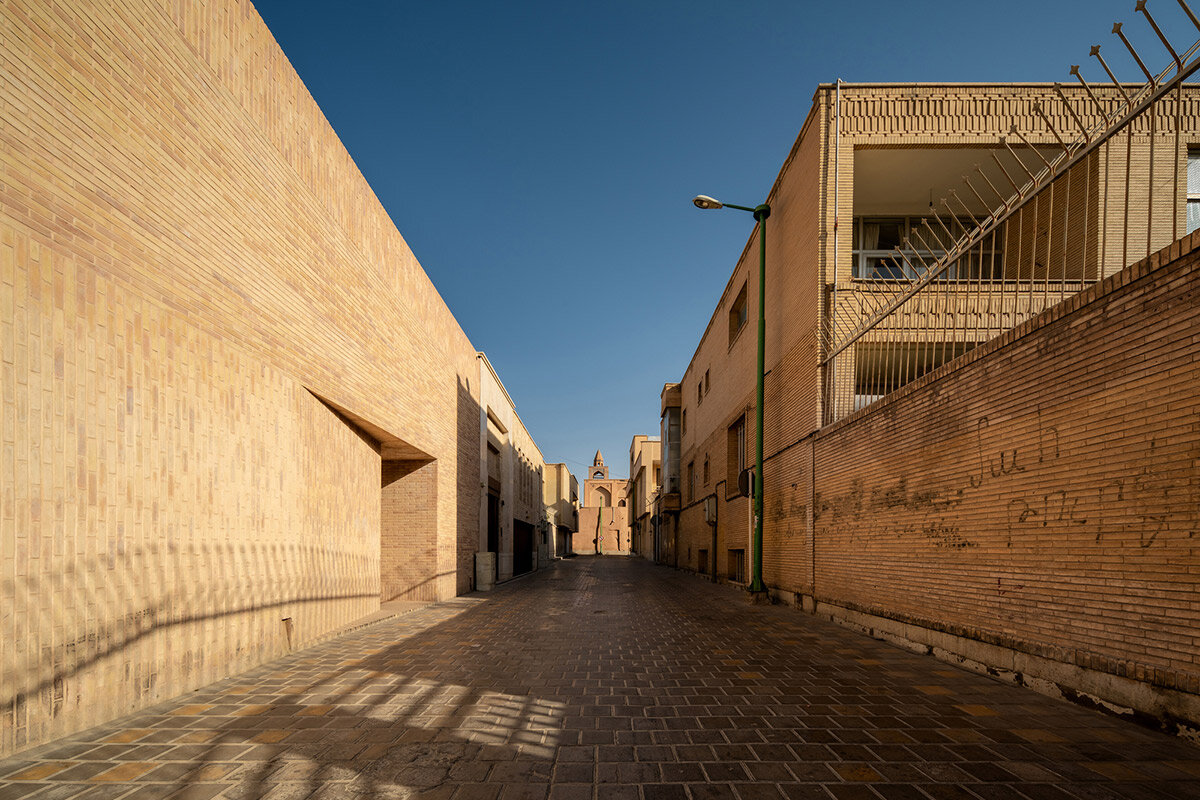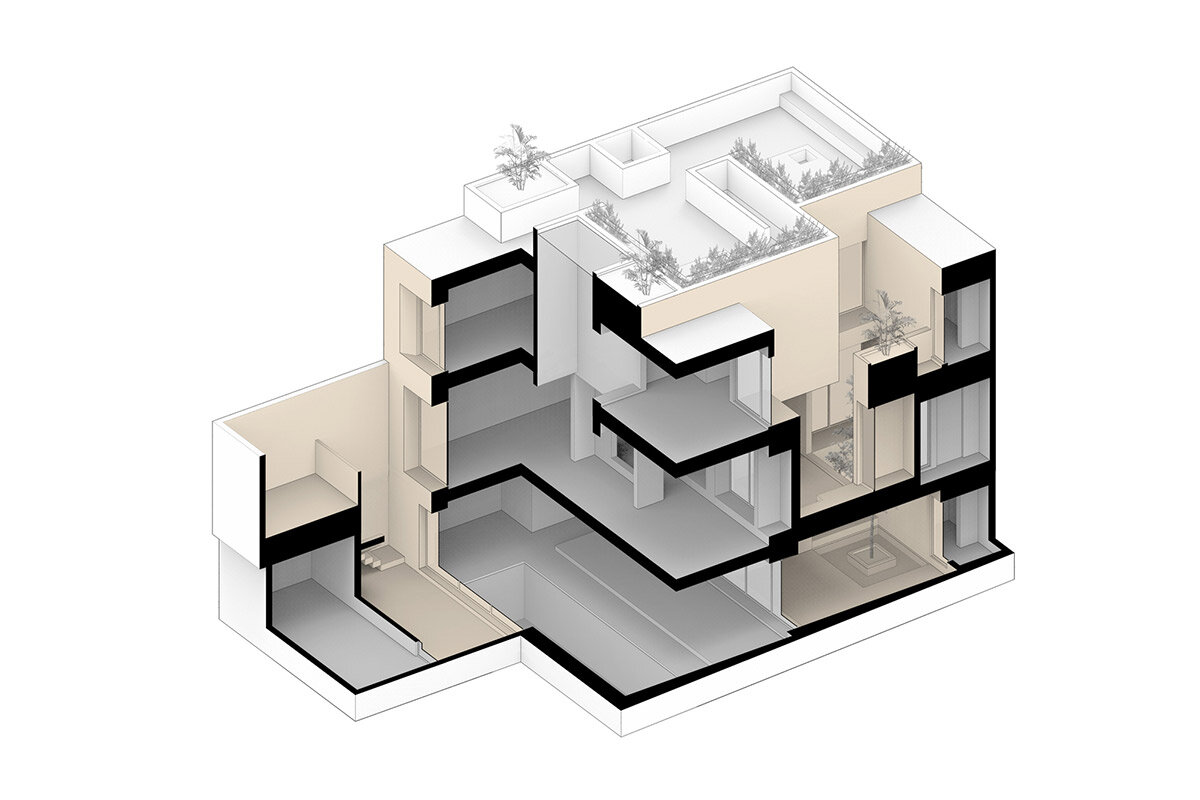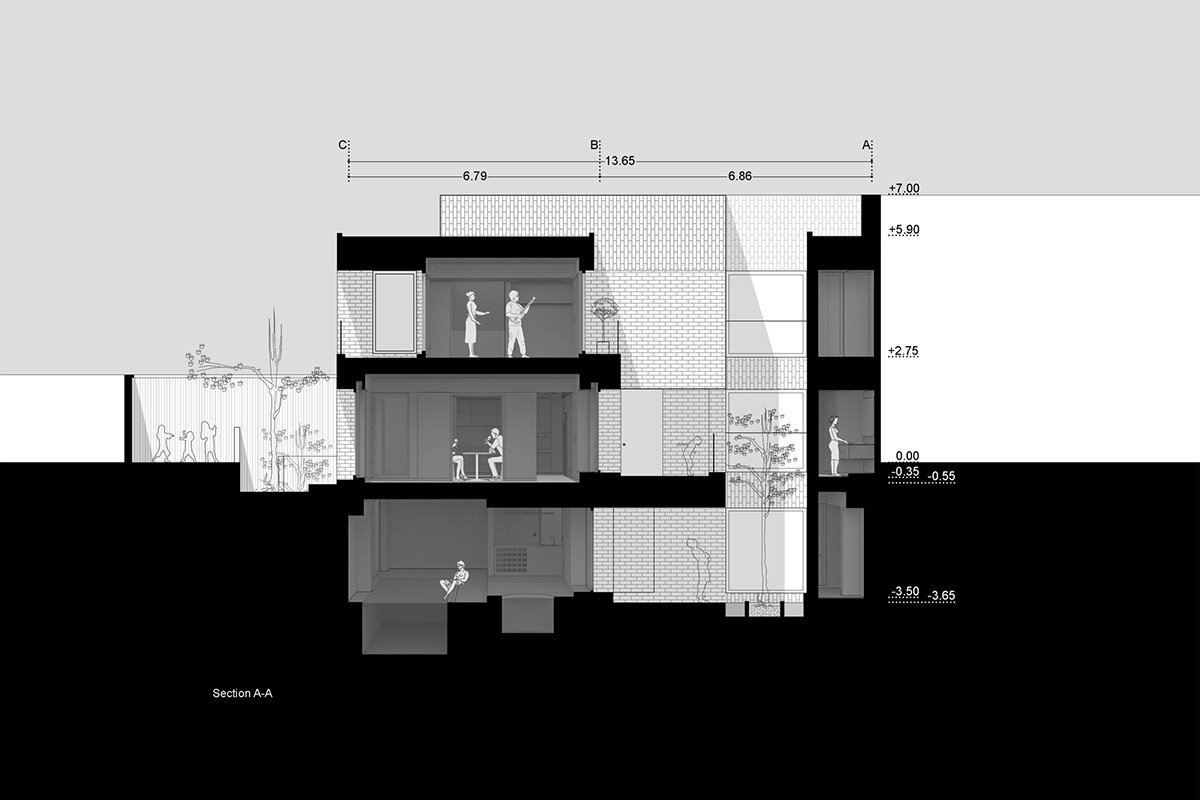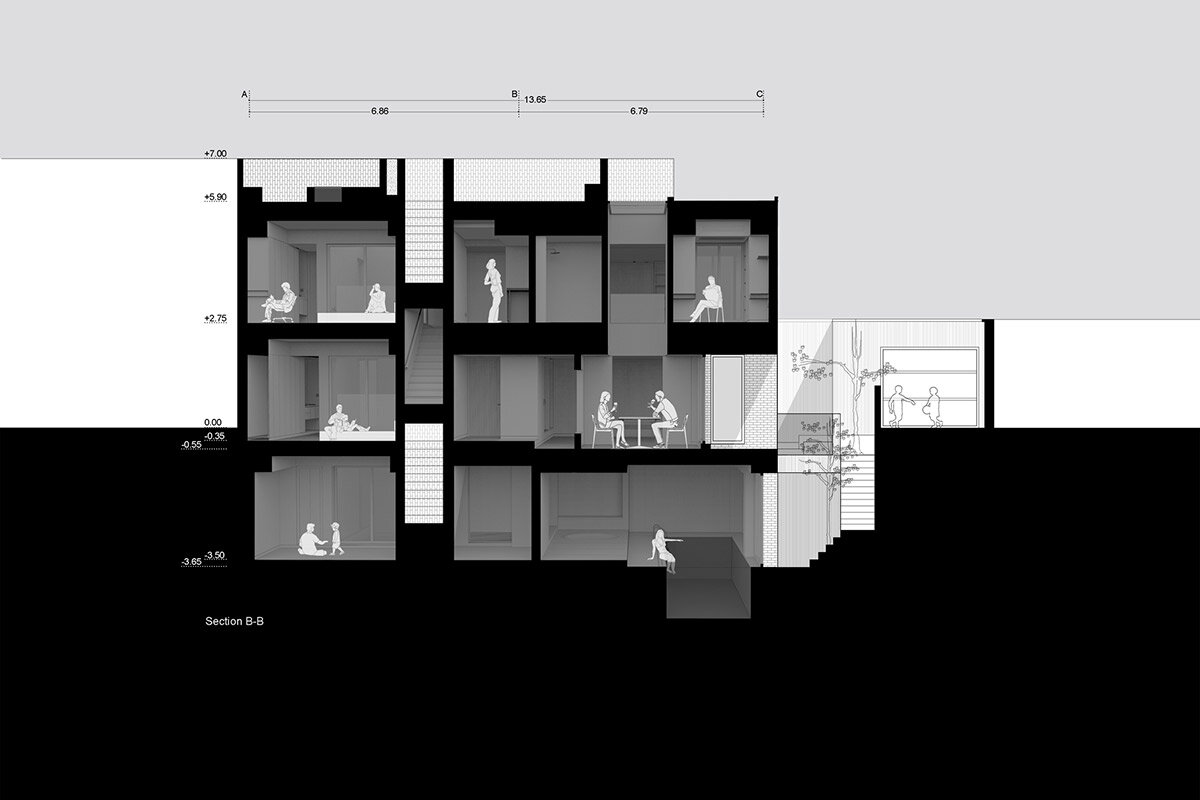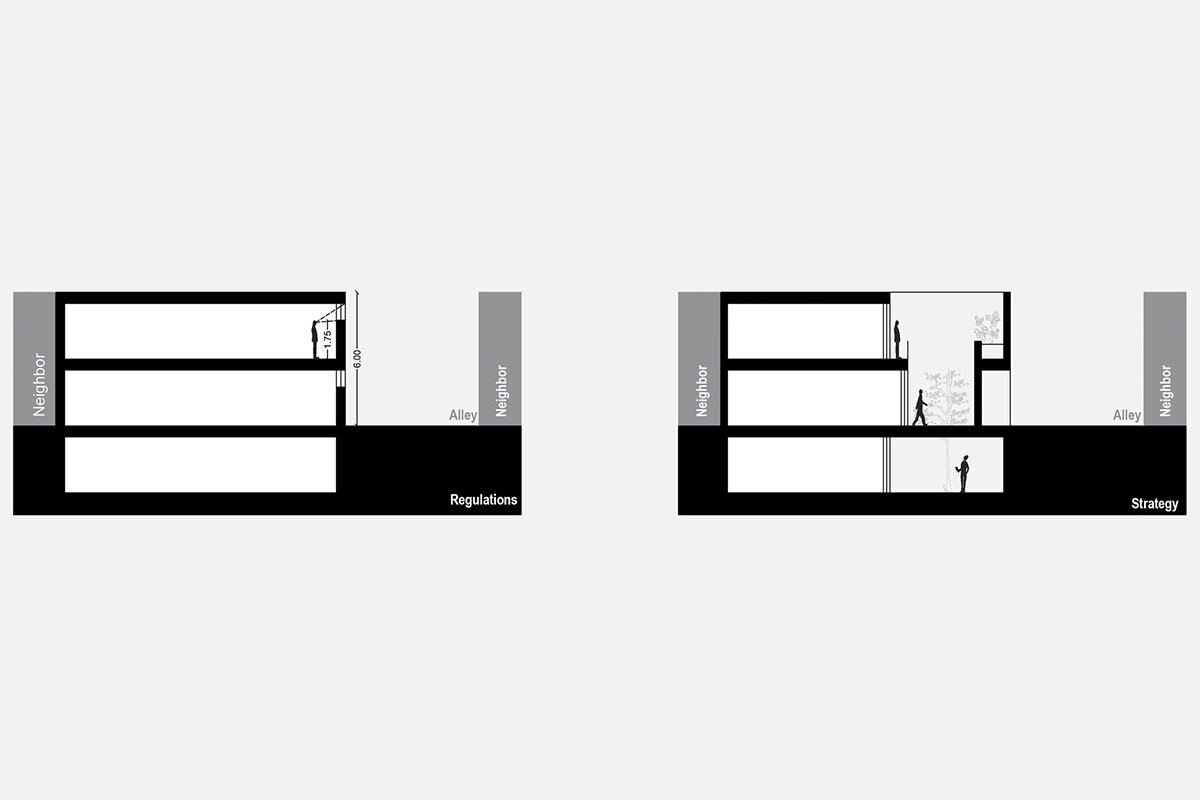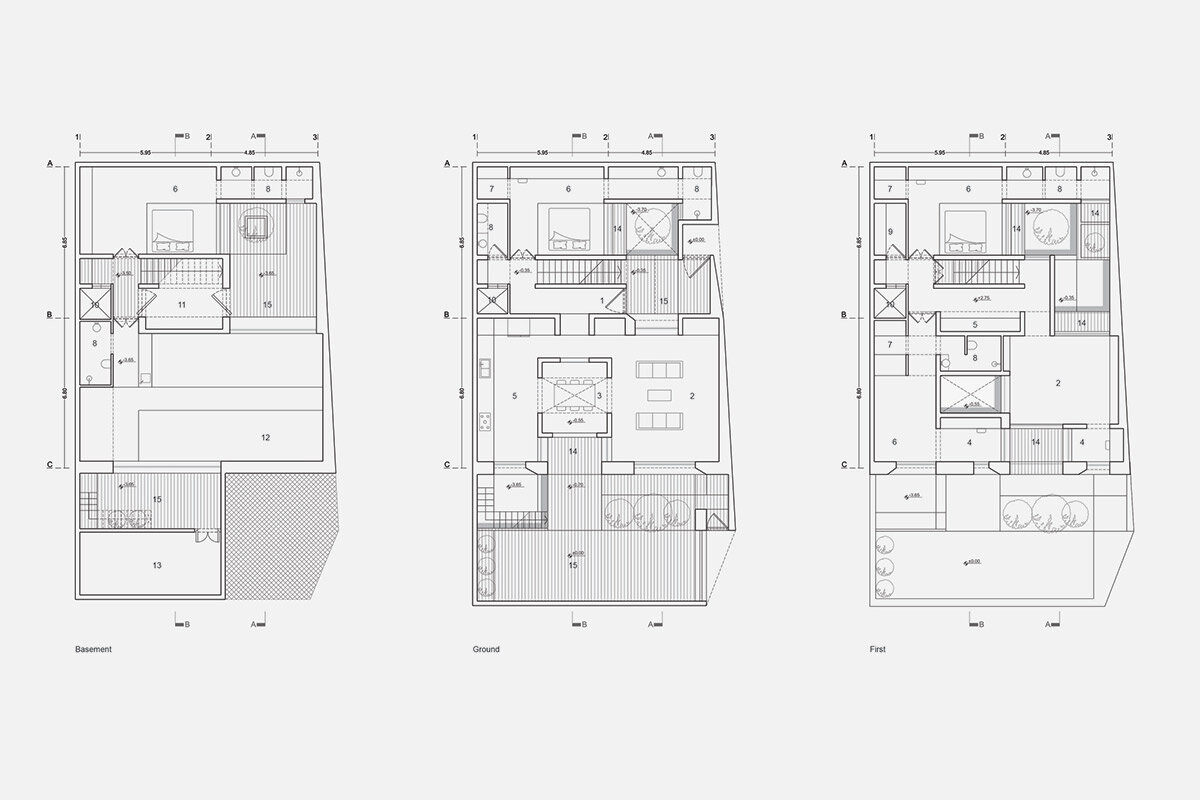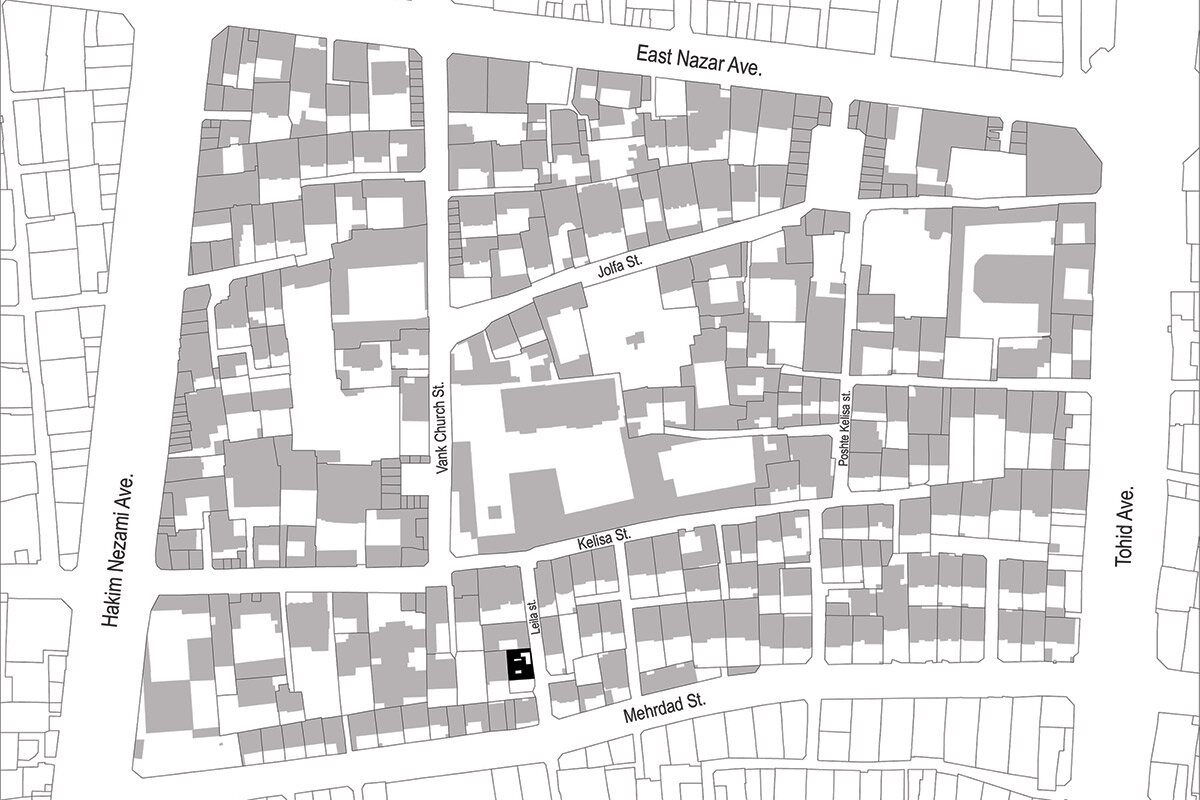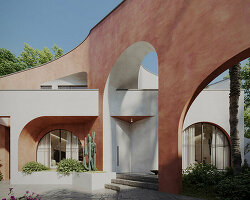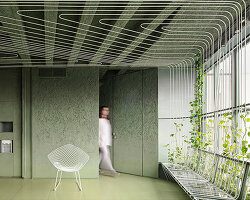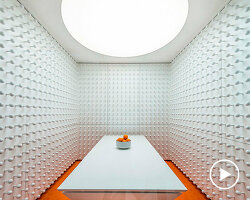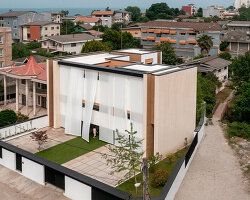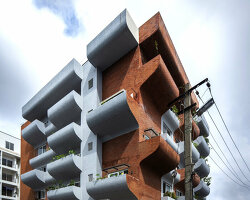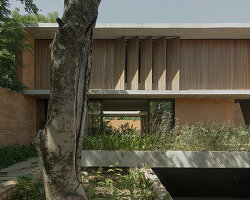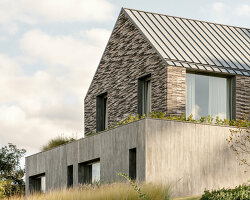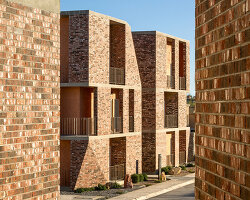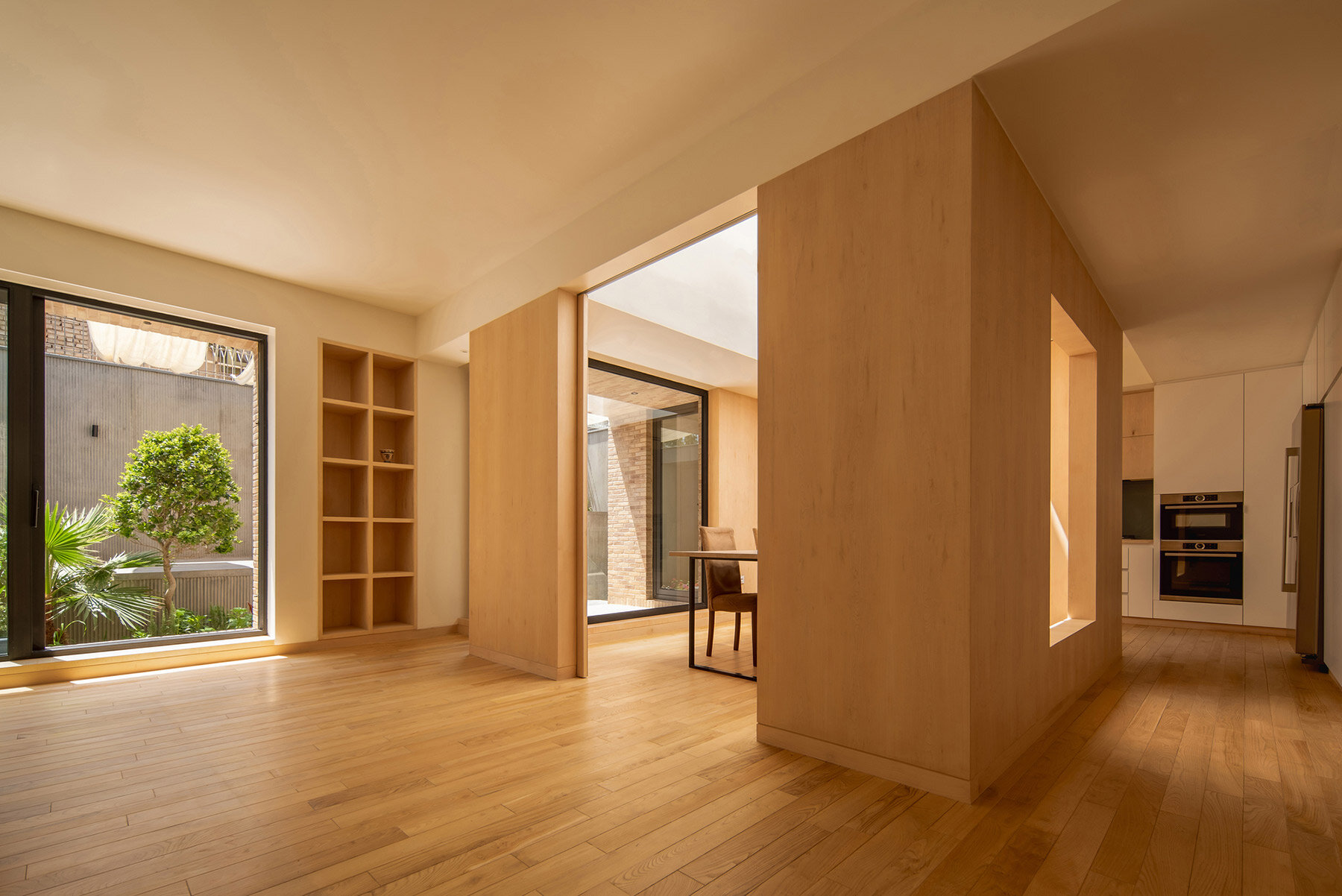
the dwelling reintroduces a permanent home to the increasingly touristic district
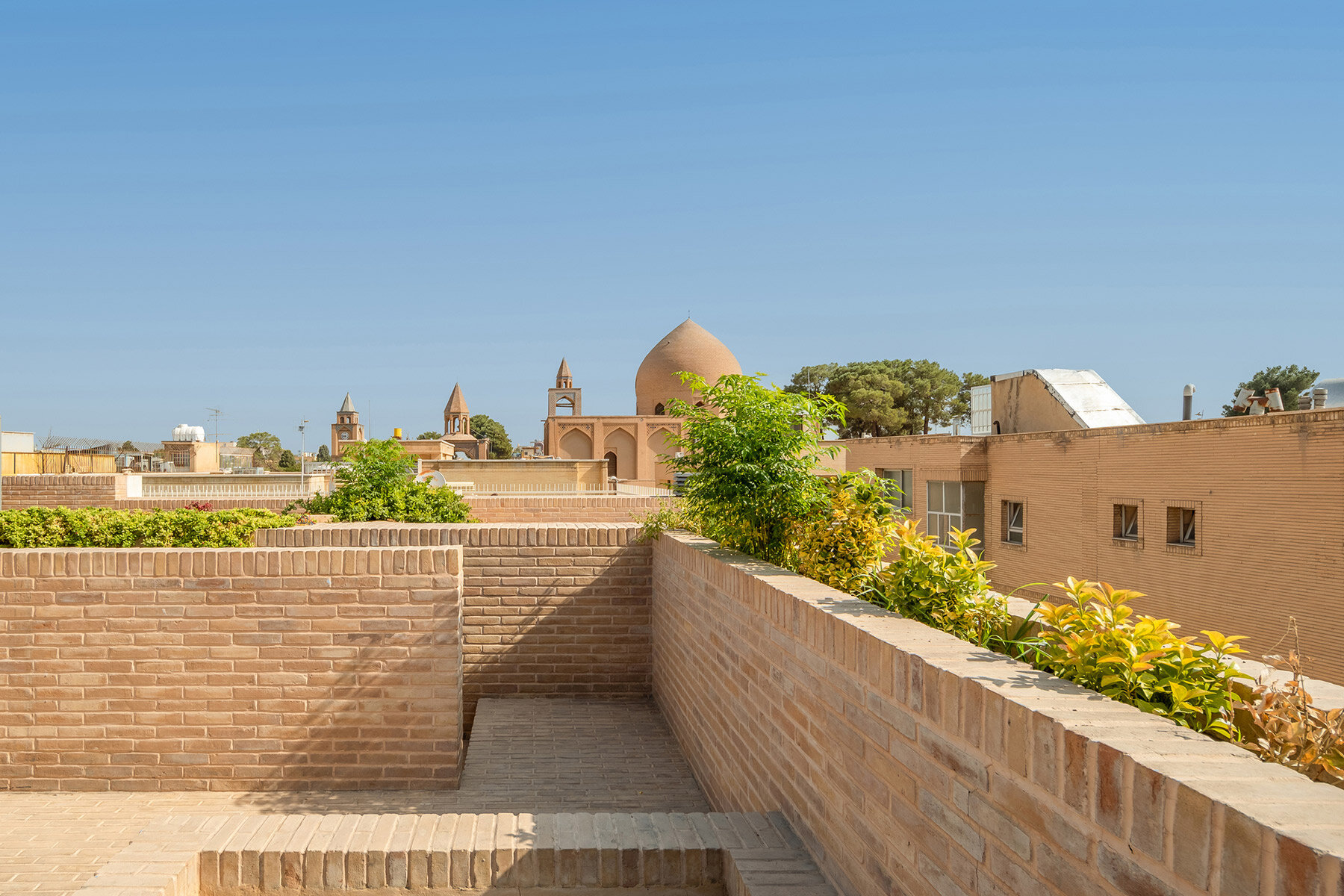
rooftop views gaze toward the Vank Cathedral, an Armenian church originally built in 1664
KEEP UP WITH OUR DAILY AND WEEKLY NEWSLETTERS
PRODUCT LIBRARY
the minimalist gallery space gently curves at all corners and expands over three floors.
kengo kuma's qatar pavilion draws inspiration from qatari dhow boat construction and japan's heritage of wood joinery.
connections: +730
the home is designed as a single, monolithic volume folded into two halves, its distinct facades framing scenic lake views.
the winning proposal, revitalizing the structure in line with its founding principles, was unveiled during a press conference today, june 20th.
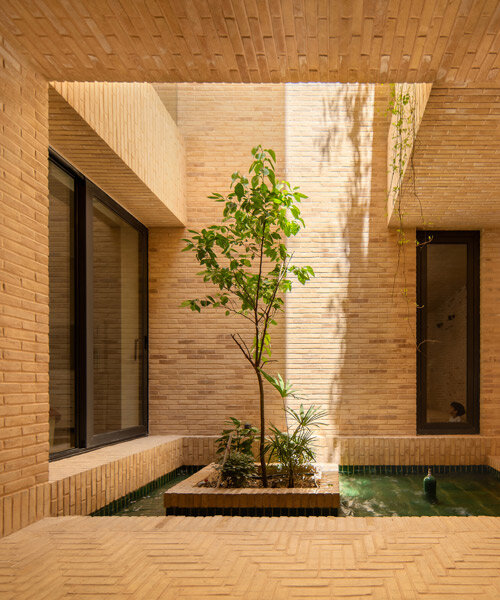
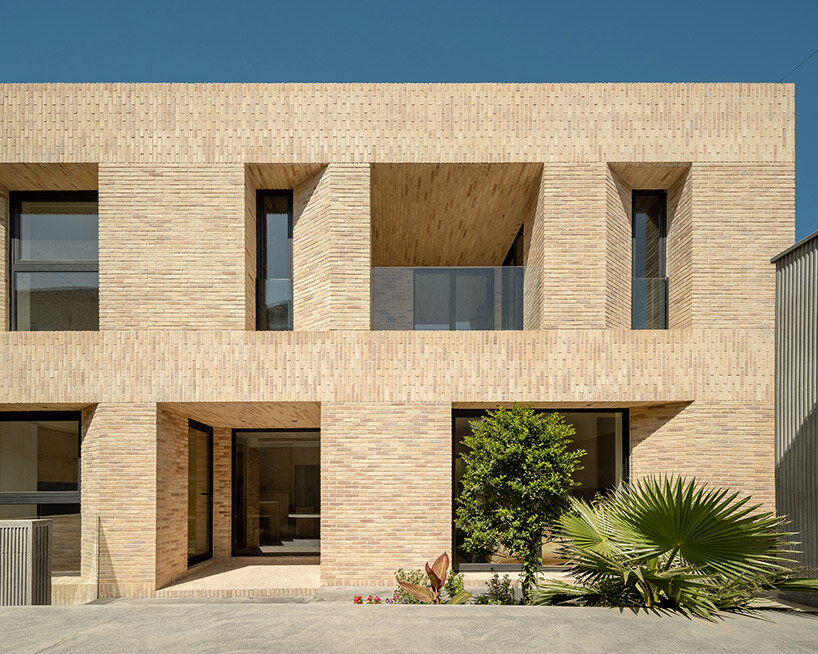
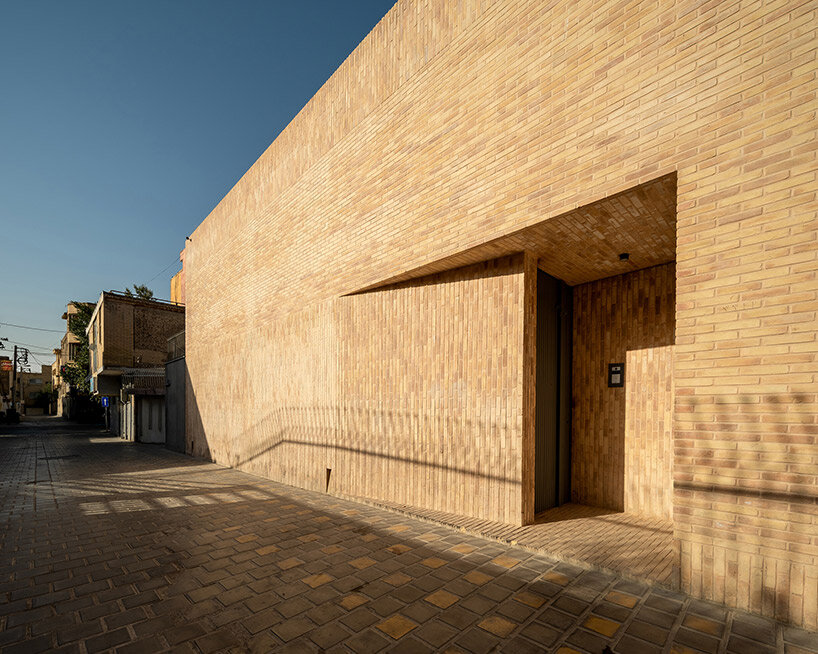
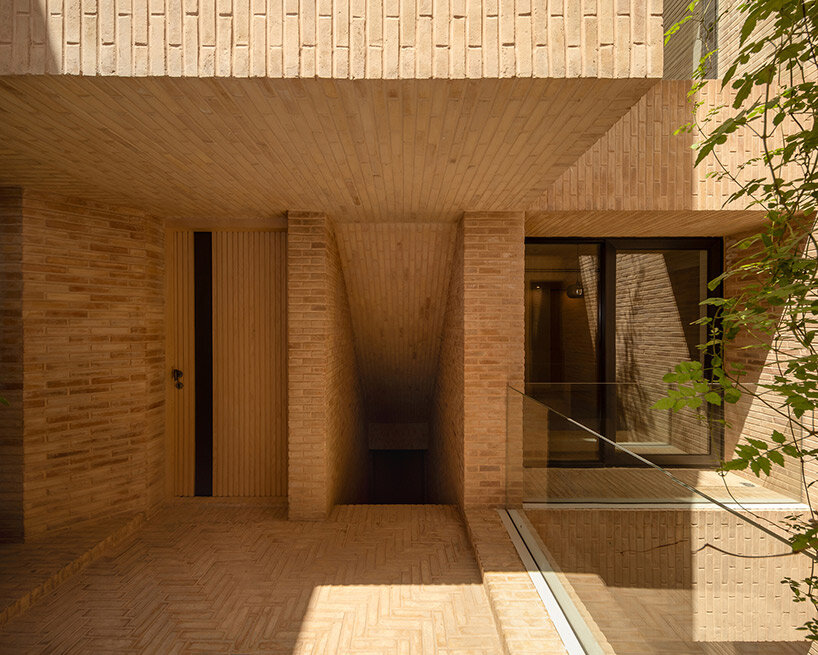
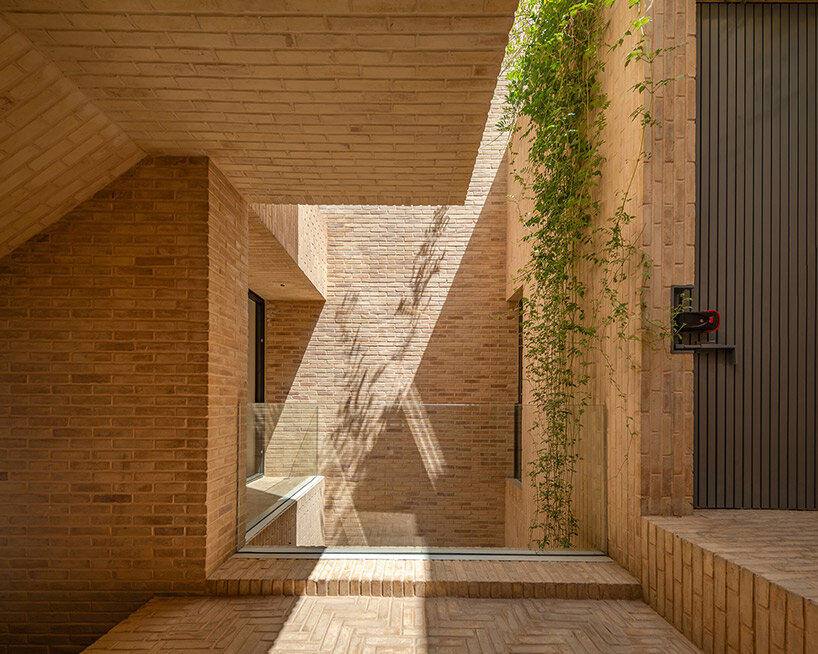
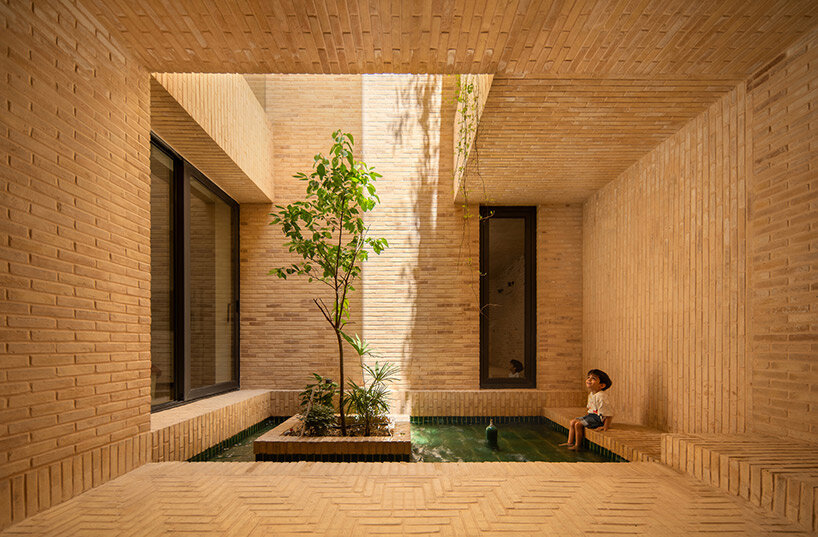 sunlight floods the interiors, illuminating a central courtyard and its small garden
sunlight floods the interiors, illuminating a central courtyard and its small garden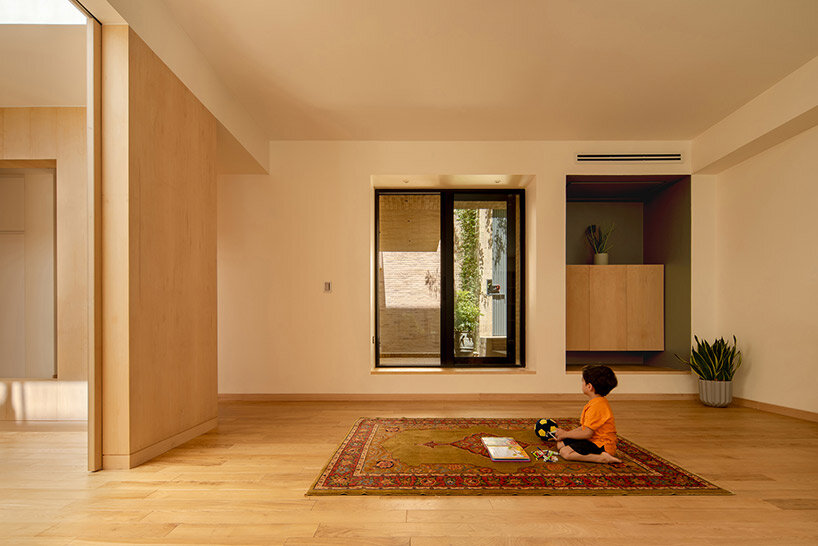 it was against the backdrop of the evolving neighborhood that the team sought to redefine the modern home
it was against the backdrop of the evolving neighborhood that the team sought to redefine the modern home